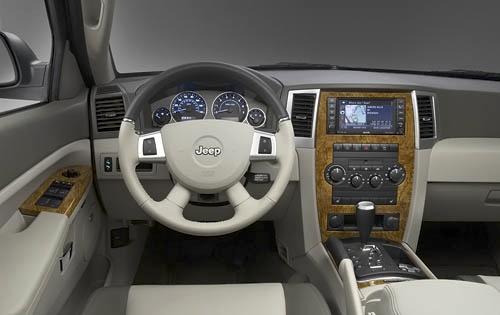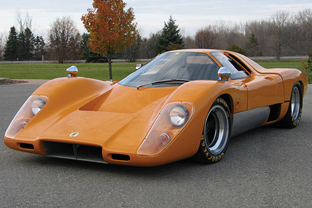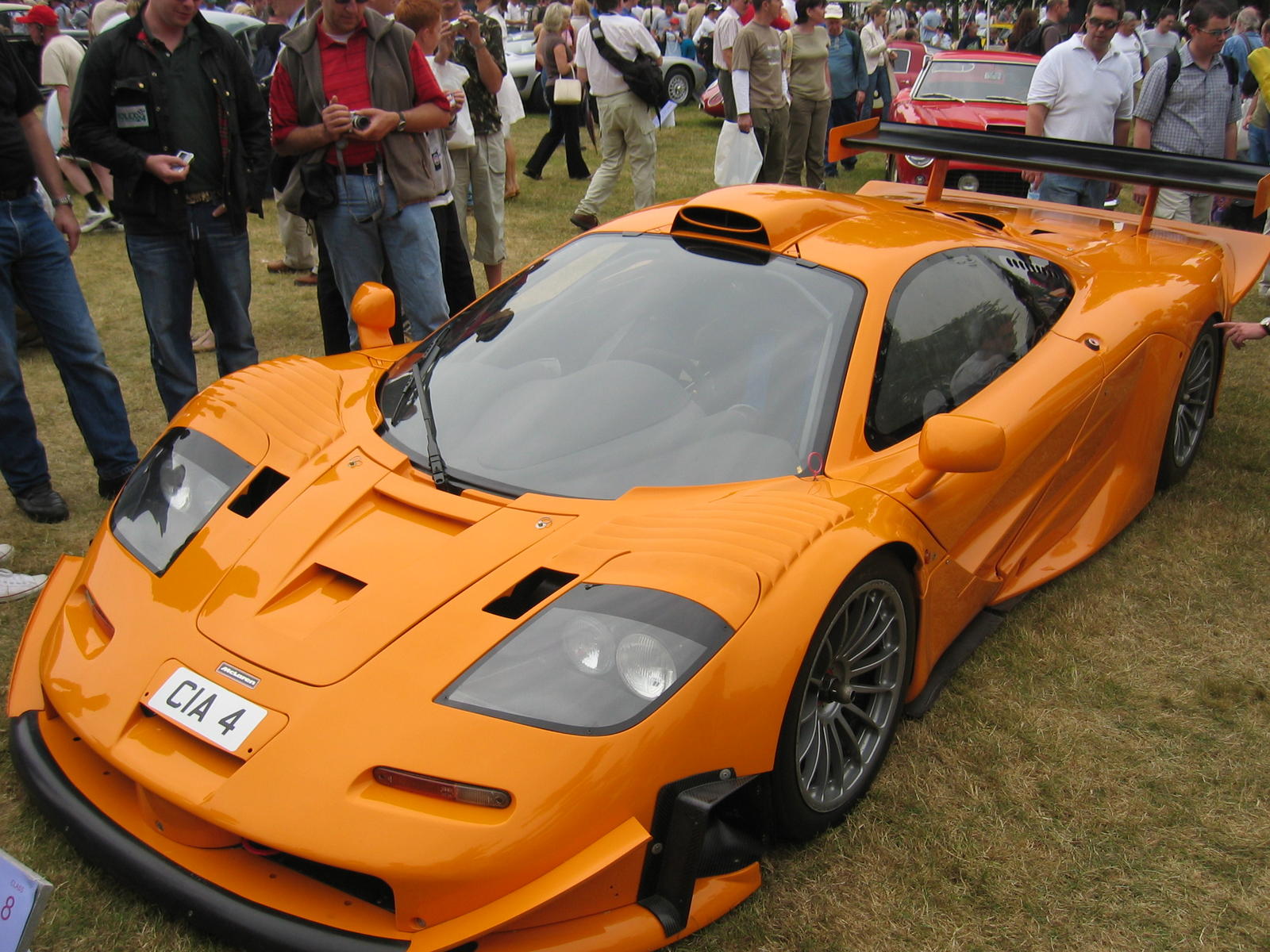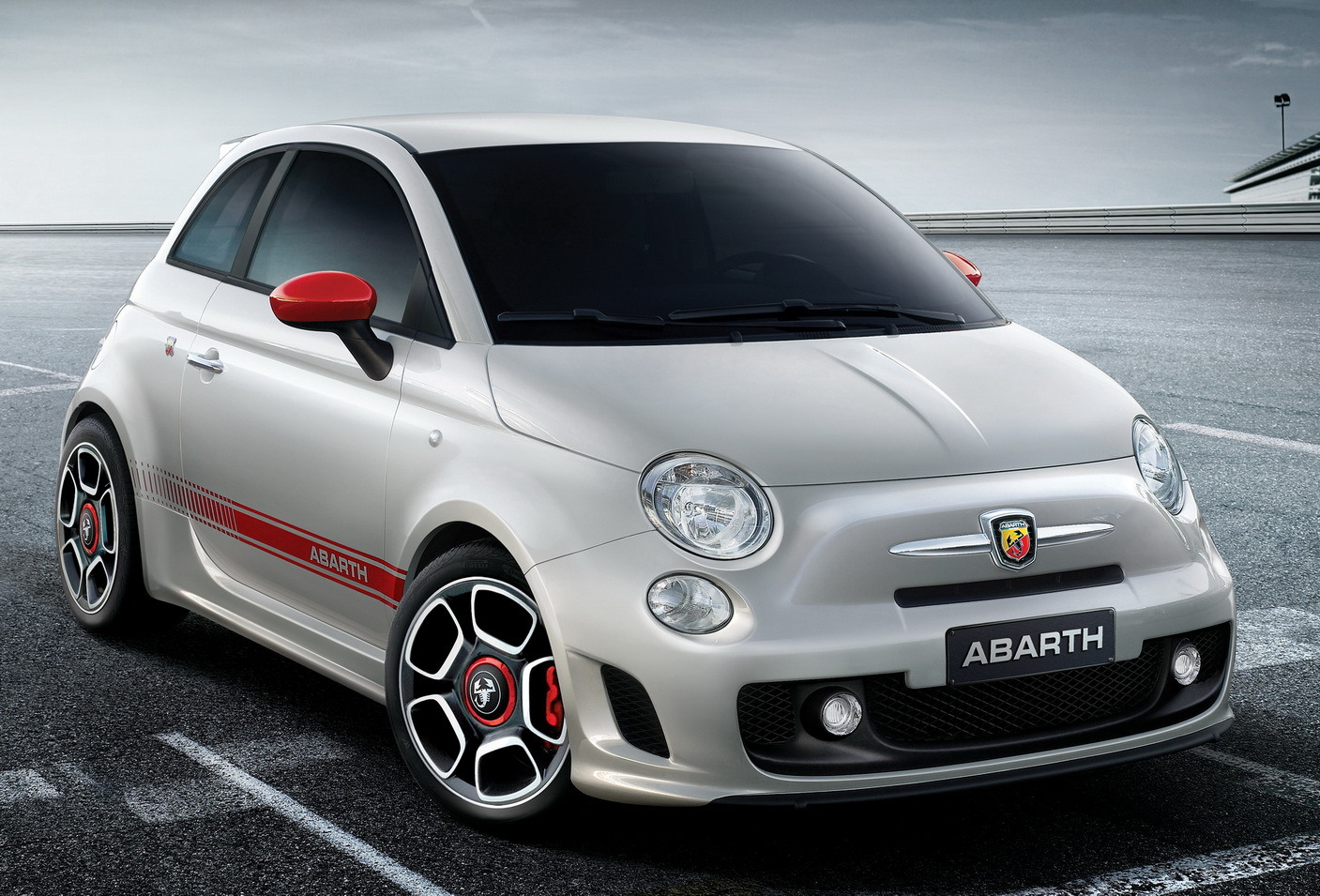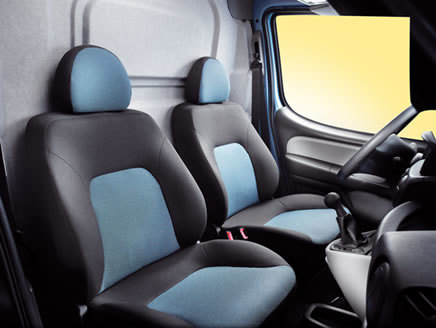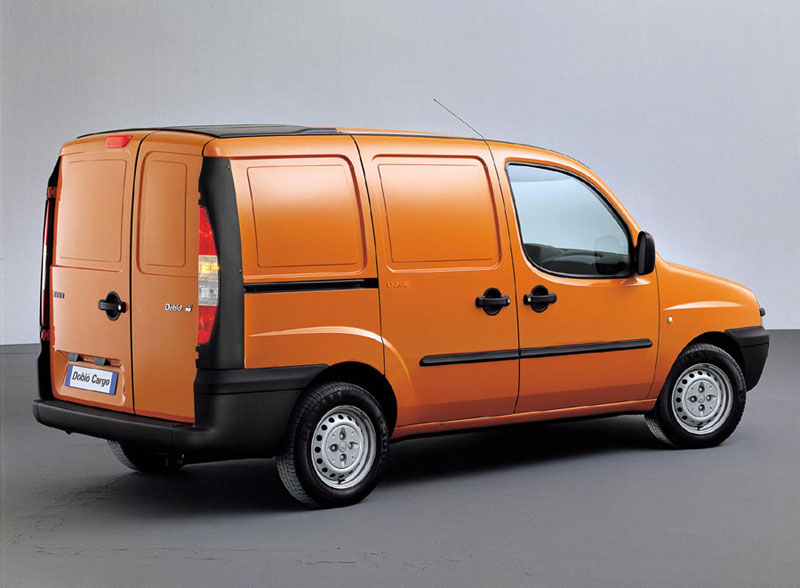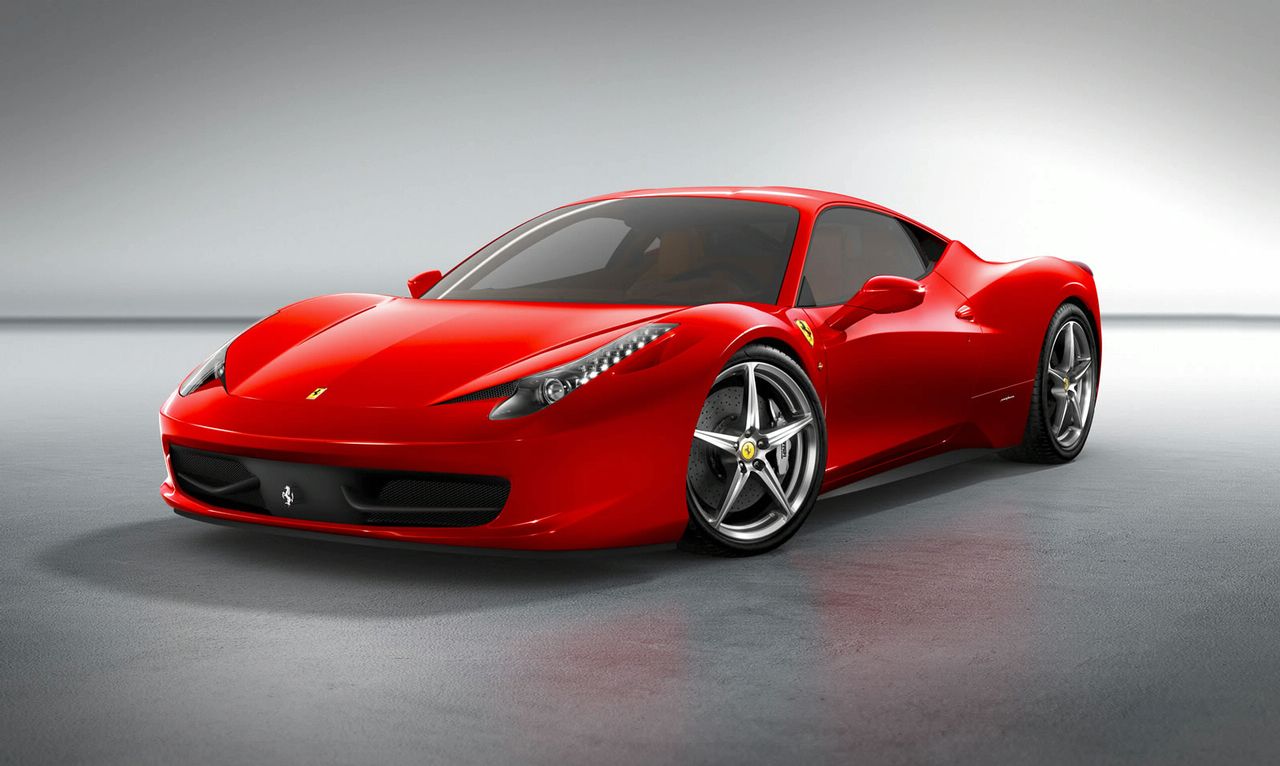"Jeep innovations including Quadra-Lift air suspension and Selec-Terrain traction control separate us from the crowd." "Jeep invented the SUV segment and our all-new Jeep Grand Cherokee is the next step in the evolution of the SUV," said Mike Accavitti, Director - Jeep, Chrysler and Dodge Brands. The all-new 2011 Jeep Grand Cherokee is built on a proven rear-wheel-drive unibody platform sharing the same underpinnings as the Mercedes-Benz ML. New front and rear independent suspension systems deliver premium on-road handling and comfort.
"Our all-new Jeep Grand Cherokee hits the sweet spot of premium on-road performance and legendary class-leading Jeep capability." The all-new Quadra-Lift air suspension system delivers legendary Jeep off-road capability along with the new Selec-Terrain system that allows the driver to choose the drive system that best matches on- or off-road driving conditions. "We listened carefully to our customers and the market," said Scott Kunselman, Vice President - Jeep/Truck Product Team, Chrysler LLC. It also offers improved fuel economy (up to 11 percent) and a world-class interior cabin. The all-new Jeep Grand Cherokee delivers premium on-road performance while maintaining the Jeep brand's legendary four-wheel-drive, torque-on-demand two-speed transfer case and towing capability.
"Our all-new Jeep Grand Cherokee hits the sweet spot of premium on-road performance and legendary class-leading Jeep capability." The all-new Quadra-Lift air suspension system delivers legendary Jeep off-road capability along with the new Selec-Terrain system that allows the driver to choose the drive system that best matches on- or off-road driving conditions. "We listened carefully to our customers and the market," said Scott Kunselman, Vice President - Jeep/Truck Product Team, Chrysler LLC. It also offers improved fuel economy (up to 11 percent) and a world-class interior cabin. The all-new Jeep Grand Cherokee delivers premium on-road performance while maintaining the Jeep brand's legendary four-wheel-drive, torque-on-demand two-speed transfer case and towing capability.



